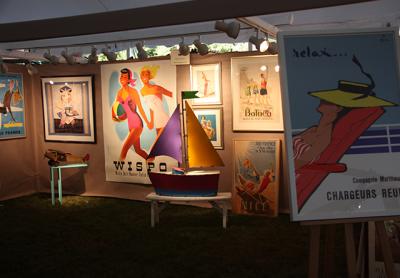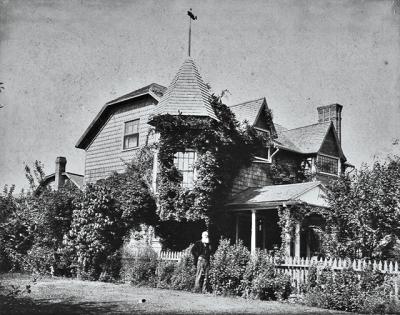Apt Film Fest for Summer’s Dog Days
Apt Film Fest for Summer’s Dog Days

First there were cat videos, which were shown in Southampton earlier this summer. Now, the canine crowd will have their chance to celebrate their favorite pets at the Dog Film Festival on Tuesday at Guild Hall.
The two screenings, at 4 and 6:30 p.m., will offer a mix of documentaries, animated, and live-action shorts by filmmakers from all over the world. The festival has traveled nationally since its premiere in New York in October, and will continue to travel to a total of 12 sites through the fall. Each screening will offer a completely different program and run about 90 minutes.
The earlier screening is more family-oriented with animated stories, humorous musings, an educational piece, and a short film featuring Weimaraners called “The Hardly Boys in Hardly Gold” by William Wegman. “Useful Dog Tricks” demonstrates how dogs can be trained to help around the house.
At the second screening, there will be 14 short documentary, narrative, and subtitled narrative films. Subjects include a dogwalker with 20 charges, a service dog program that pairs the dogs with women in prison for training, and a scientist who turns himself into a dog from France.
These screenings will benefit the Animal Rescue Fund of the Hamptons, which will receive 50 percent of the box office sales and 10,000 bowls of free pet food. The Animal Rescue Fund of the Hamptons will participate by bringing adoptable dogs from the shelter, who might just find a home among the audience members.
Tracie Hotchner, a former East Hampton resident and still frequent visitor, is the festival founder.
A pre-screening afternoon tea Pooch Party on Sunday from 4 to 6 p.m. will welcome both dogs and their escorts at the residence of Jewel Morris in Water Mill. Ms. Morris is a founder of the Pet Philanthropy Circle. Tickets for the party are by invitation only and cost $150. The festival, which is open to the public, costs $20. Tickets can be purchased at dogfilmfestival.com.








